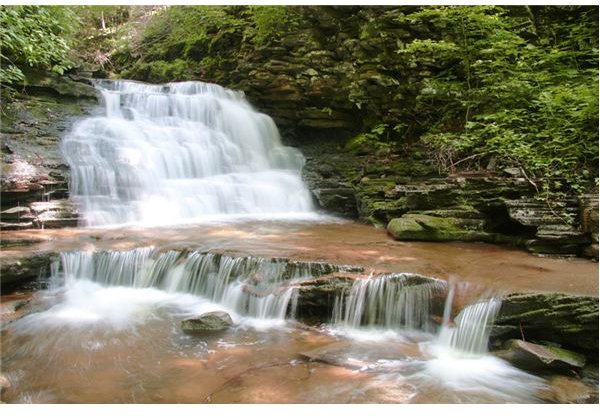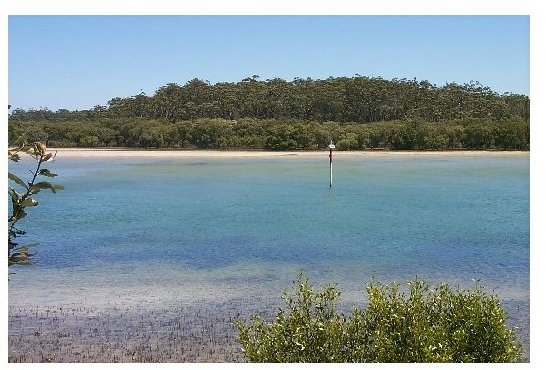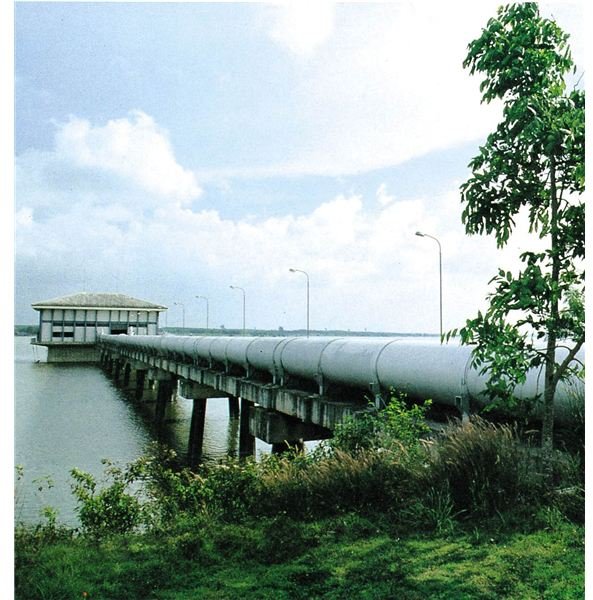What is Water Resources Engineering? Surface Water
Major Functions Of Water Resources Engineering
Water resources engineering generally deals with the provision o
f water for human use, and the development of techniques for the prevention of destruction from floods. Water resources engineering also includes the planning and management of facilities that are constructed for these tasks like making canals for irrigation and sewers for drainage and to avoid waterlogging, and all other issues related with the usage and control of water.
To meet the water requirements of society and the environment, initially an estimate is carried out regarding the water available, the demand now and projected demand when the work will complete and future considerations, and then the requisite infrastructure is designed, including the water treatment plants and the pipes network, for the conveyance of water to the taps and waste water from the toilets to the treatment units.
What Are Water Resources

Water resources are origin of water that are essentially required by humans, and water is basically used for agriculture, industry, domestic purposes, and environmental events.
Water on the earth is mostly salt water with only 3% as fresh water. The majority of the fresh water is frozen in glaciers and the polar ice caps, and the remainder is found as ground water, with only a fraction available above the ground. Although fresh water is considered to be available as a renewable resource, the supply of pure fresh water is gradually decreasing in the world. The rate of increase in world population exceeds the rate at which the water supply is increasing so that there is an acute shortage of water in many parts of the world. During the twentieth century, more than half of all global wetlands were lost.
Other Tasks of Water Resources Engineering

Water resources engineering also deals with:
- Sewer systems for storms and wastewater.
- Irrigation network.
- River engineering, including ice covered rivers.
- Hydraulic structures, including dams, spillways, floodways and reservoirs.
- Seepage control.
- Hydrology.
- Floods, flow of mud and debris.
- Wave analysis.
Surface Water
Study of surface water is an important field of the water

resources engineering. Water in a wetland, lake or a river is called surface water, and is lost by evaporation, seepage in sub-surface and discharge to the oceans. The total quantity of water available in any system is dependent upon the storage capacity of the reservoirs, the permeability of the soil below the storage reservoirs, the overflow characteristics of the watershed, precipitation, and the rate of evaporation. The quantity of water consumed fluctuates over a period of time due to which appropriate arrangements are necessary. For example, some farms may need large quantities of water during the spring, and no water in other seasons, thus necessitating a huge storage capacity for the collection of water throughout the year. However, other users may require almost a constant quantity of water, such as provision of water for cooling of power plants. Natural surface water can be increased by obtaining the additional quantities from other watersheds through a pipeline or a canal.
Surface water is classified into five classes. The last class is class 5, which is only useful for navigation. The first class involves very clean water which can be consumed with minimum cleaning and filtration. The level and quantity of the surface water and ground water are dependent on each other. Thus overuse of ground water should be restricted by industries.
